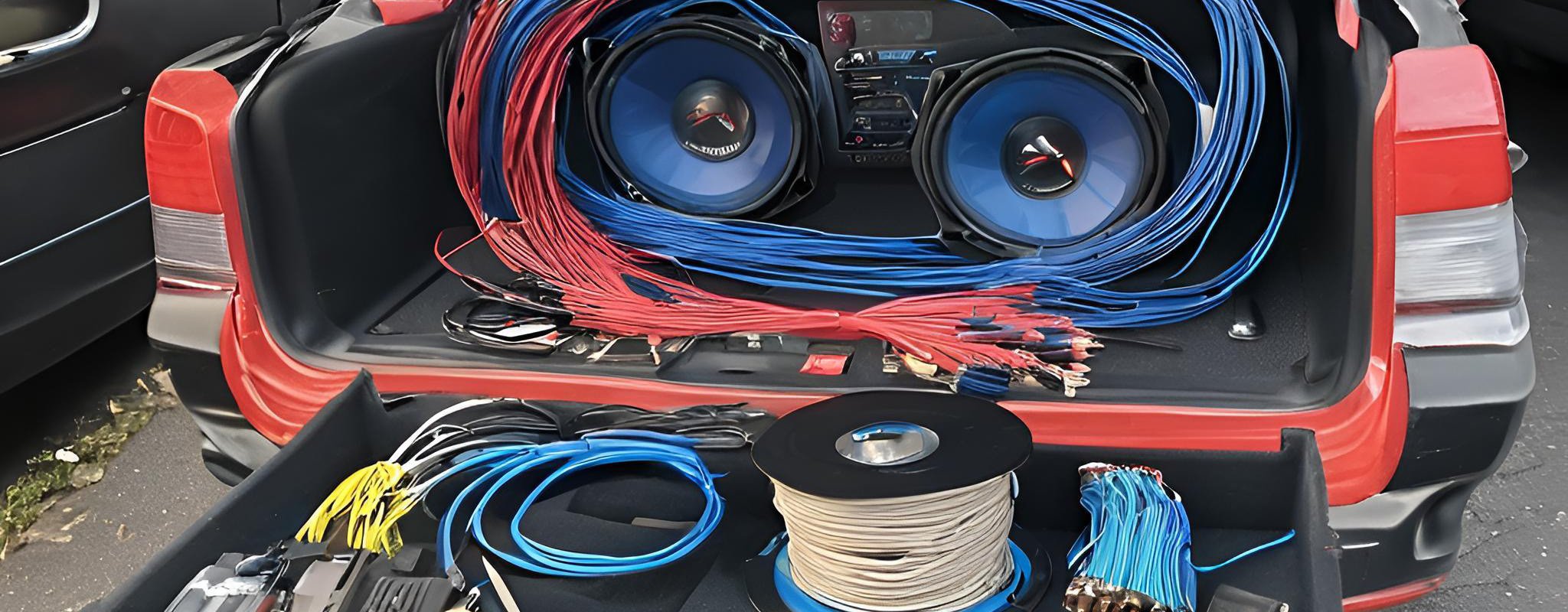Top 5 Mistakes New Car Audio Builders Make (And How to Avoid Them)Updated 7 months ago
Top 5 Mistakes New Car Audio Builders Make (And How to Avoid Them)
Top 5 Mistakes New Car Audio Builders Make (And How to Avoid Them)
Building your first custom car audio system is exciting—but it can be overwhelming if you're not prepared. At Big Jeff Audio, we help beginners and pros alike avoid common mistakes that can cost time, money, and performance. This guide covers the top 5 pitfalls new car audio builders face and how to sidestep them—so you get loud, clean sound right from the start.
1. Skipping Proper Electrical Upgrades
The Mistake: New builders often underestimate how much power car amplifiers and subwoofers actually need.
The Fix: Plan your car audio electrical system upgrades before installing your gear. Upgrade your alternator, add a high-output battery, and do a Big 3 wiring upgrade. This ensures consistent power flow to your amps and protects your investment.
👉 Browse our Power & Electrical Components for high-performance upgrades.
2. Mismatching Components
The Mistake: Pairing a car amplifier that’s too powerful—or not powerful enough—with your subwoofer or speakers can cause poor performance or equipment damage.
The Fix: Match your amp’s RMS output with your subwoofer’s power rating and impedance. Use an impedance calculator and proper wiring diagrams to make sure everything plays nice.
🛠️ Use our Wiring Guide to simplify your build.
3. Ignoring Sound Deadening
The Mistake: Skipping sound deadening material can lead to rattling panels, distorted sound, and a noisy ride.
The Fix: Apply automotive sound deadening to doors, floors, and trunk panels to improve audio clarity and reduce vibration. It’s a small investment for a huge upgrade in sound quality.
💡 Explore our Sound Deadening Kits for better acoustics.
4. Poor Grounding and Wiring
The Mistake: Using cheap wires or incorrect wire gauge leads to voltage drops and can cause amps to clip or shut down.
The Fix: Use high-quality OFC car audio wire, keep grounds short and tight, and always scrape paint from grounding points. Use at least 4-gauge wire for moderate systems and 0-gauge for heavy setups.
🔌 Shop our Car Audio Wiring Kits to power your system right.
5. Tuning by Ear Only
The Mistake: Many beginners try to set gains or tune crossovers by ear, often leading to distortion or blown speakers.
The Fix: Use tools like a multimeter, oscilloscope, or a gain-setting bass knob with clip lights to fine-tune your system. Combine this with high-quality reference tracks for optimal sound.
🎧 Join our Facebook Community for real-world tuning tips from fellow builders.
Final Thoughts
Avoiding these mistakes gives your build a better foundation for performance and longevity. Whether you're working on your first setup or your fifth, smart planning and quality gear are key. Big Jeff Audio has the products, support, and know-how to help you build better, louder, and cleaner.
👉 Explore our Full Car Audio Collection to start your next project right.
Written by Alisa -Big Jeff Audio Creative Team